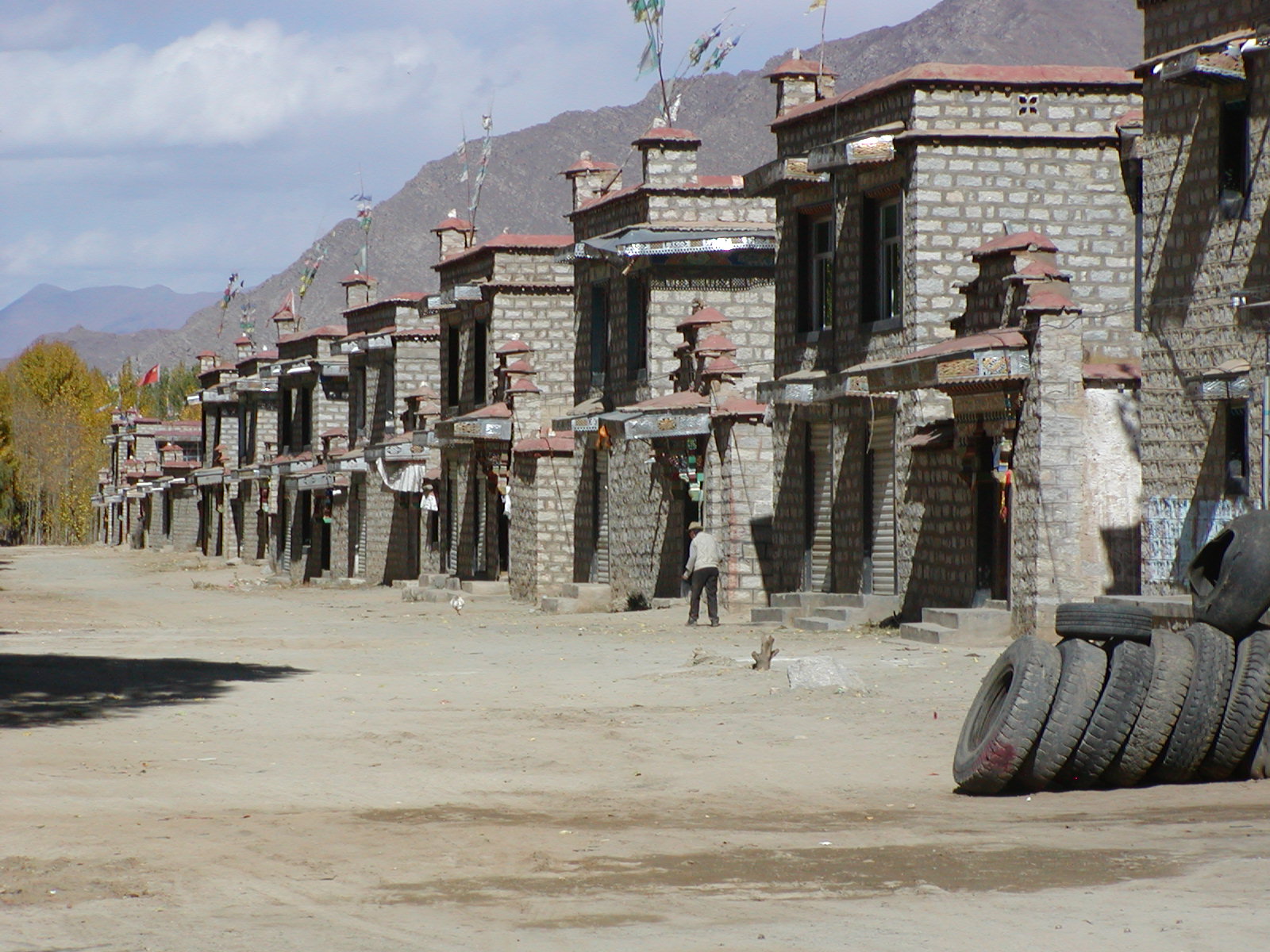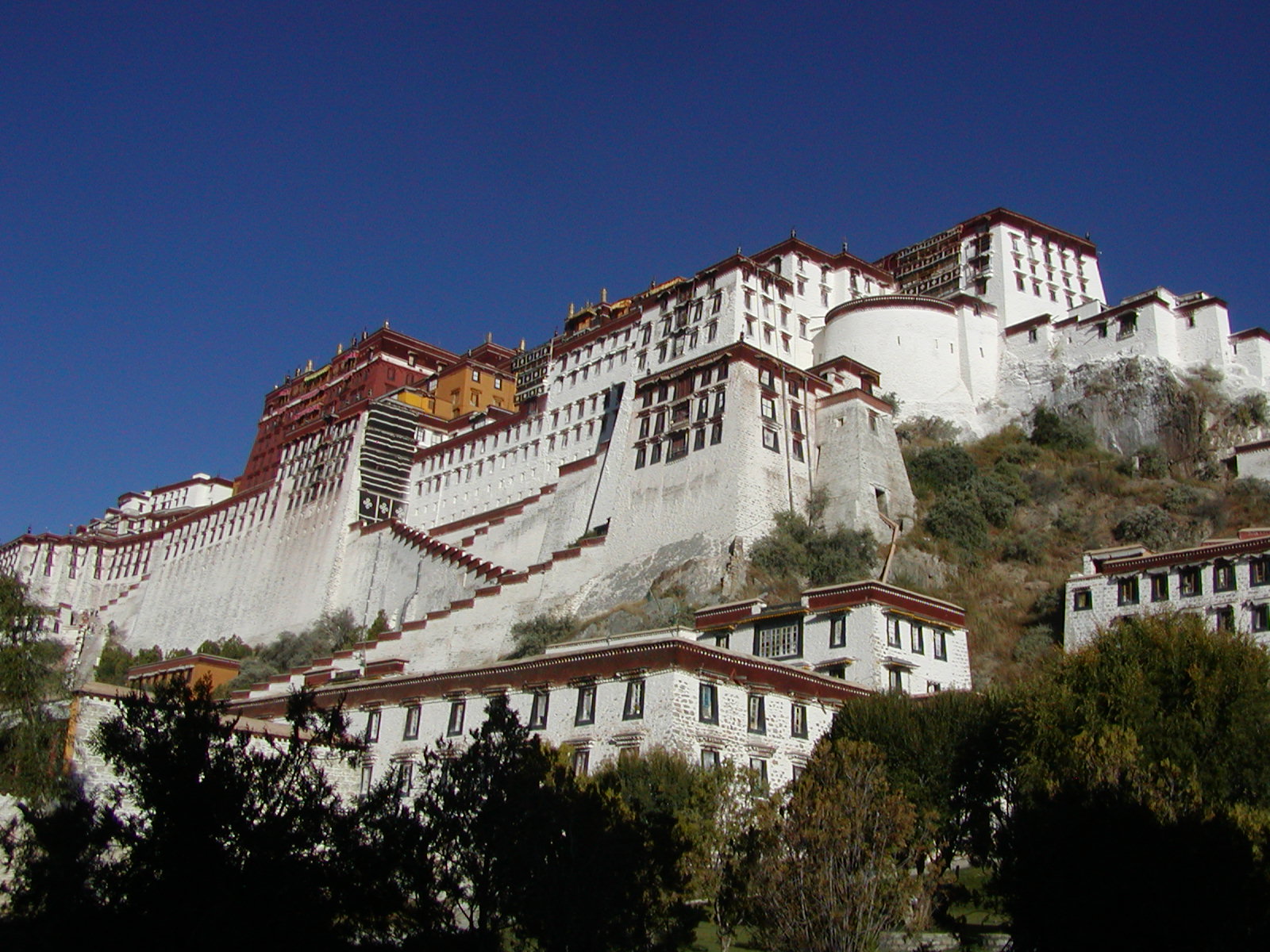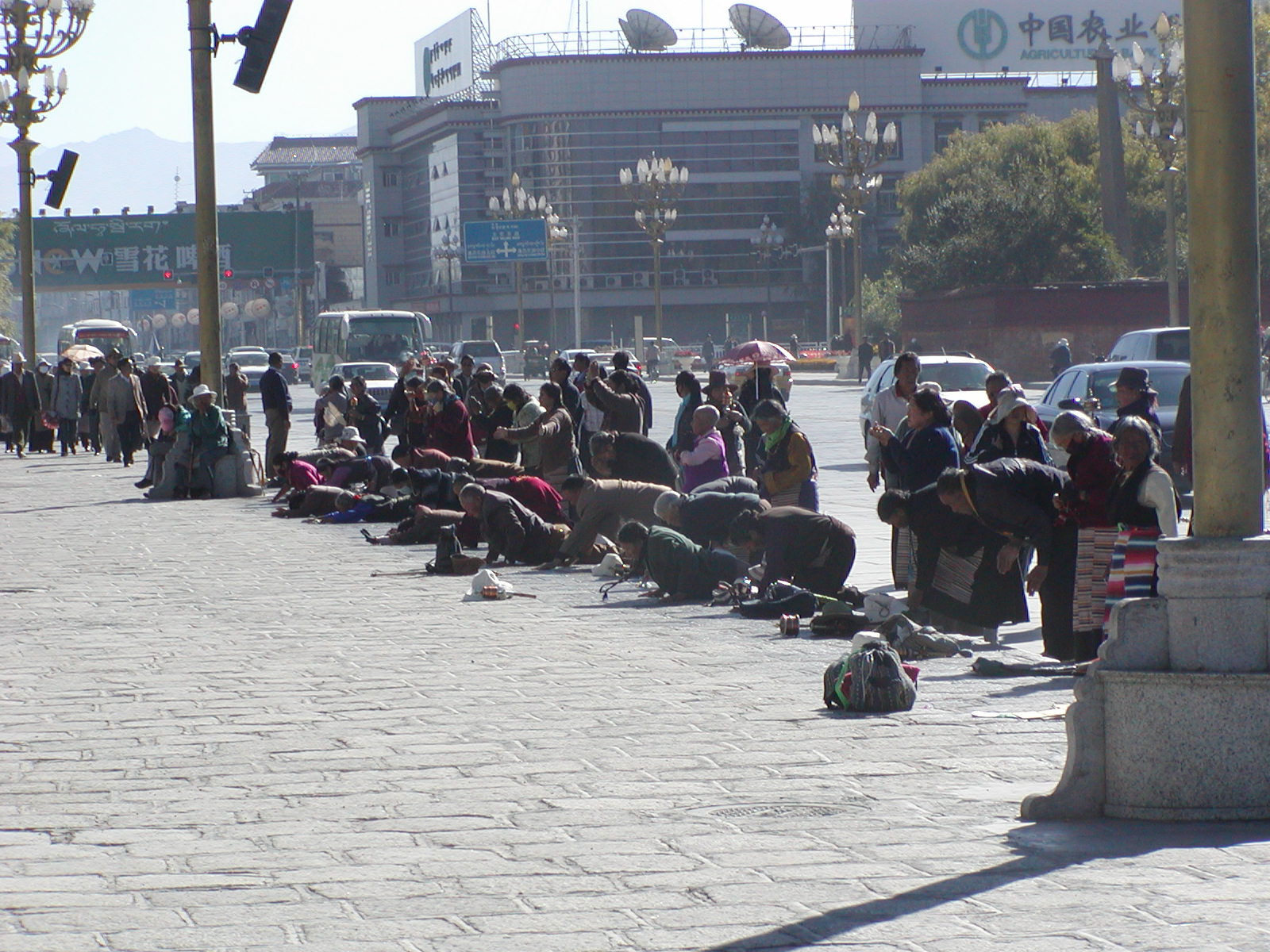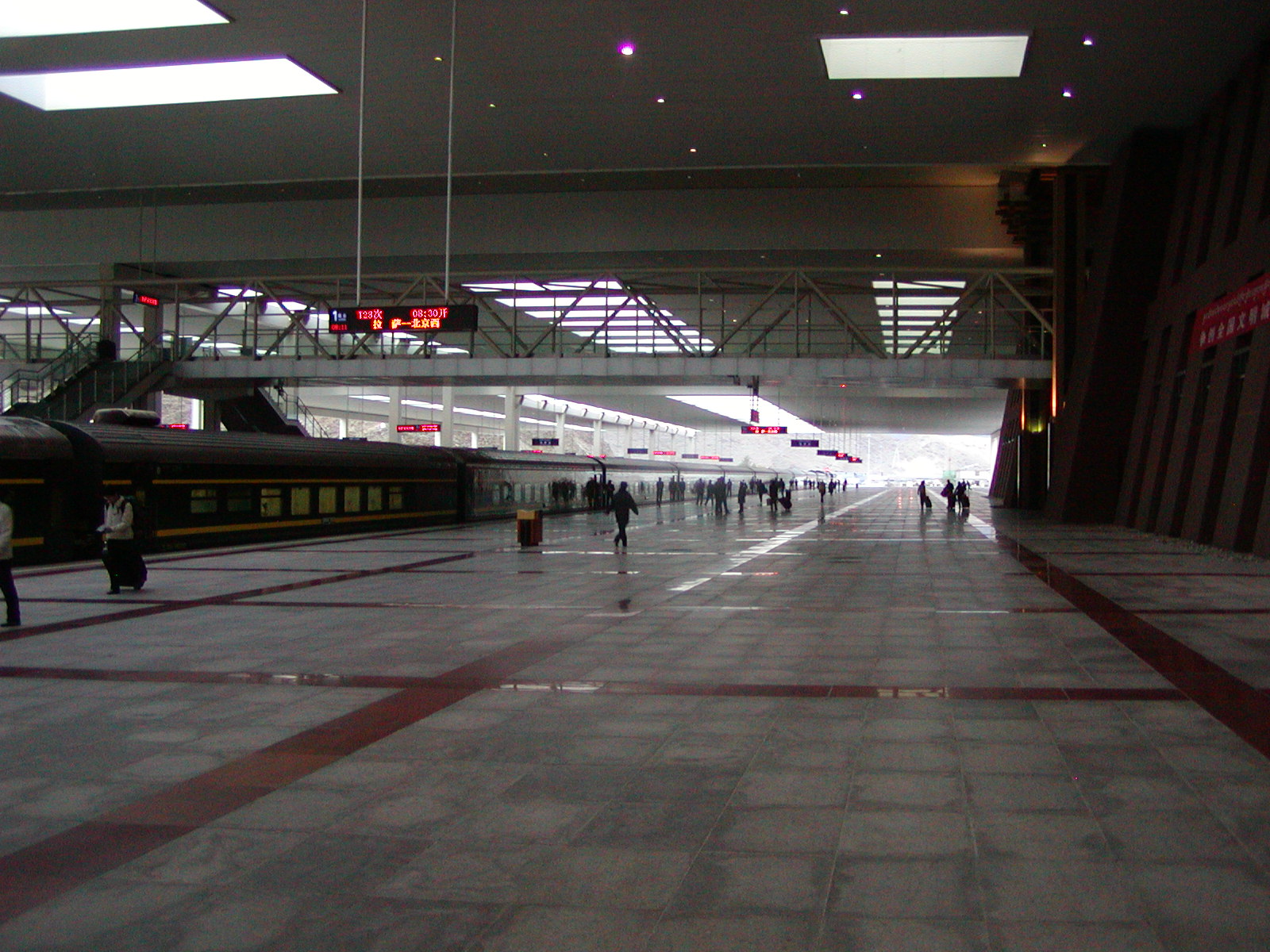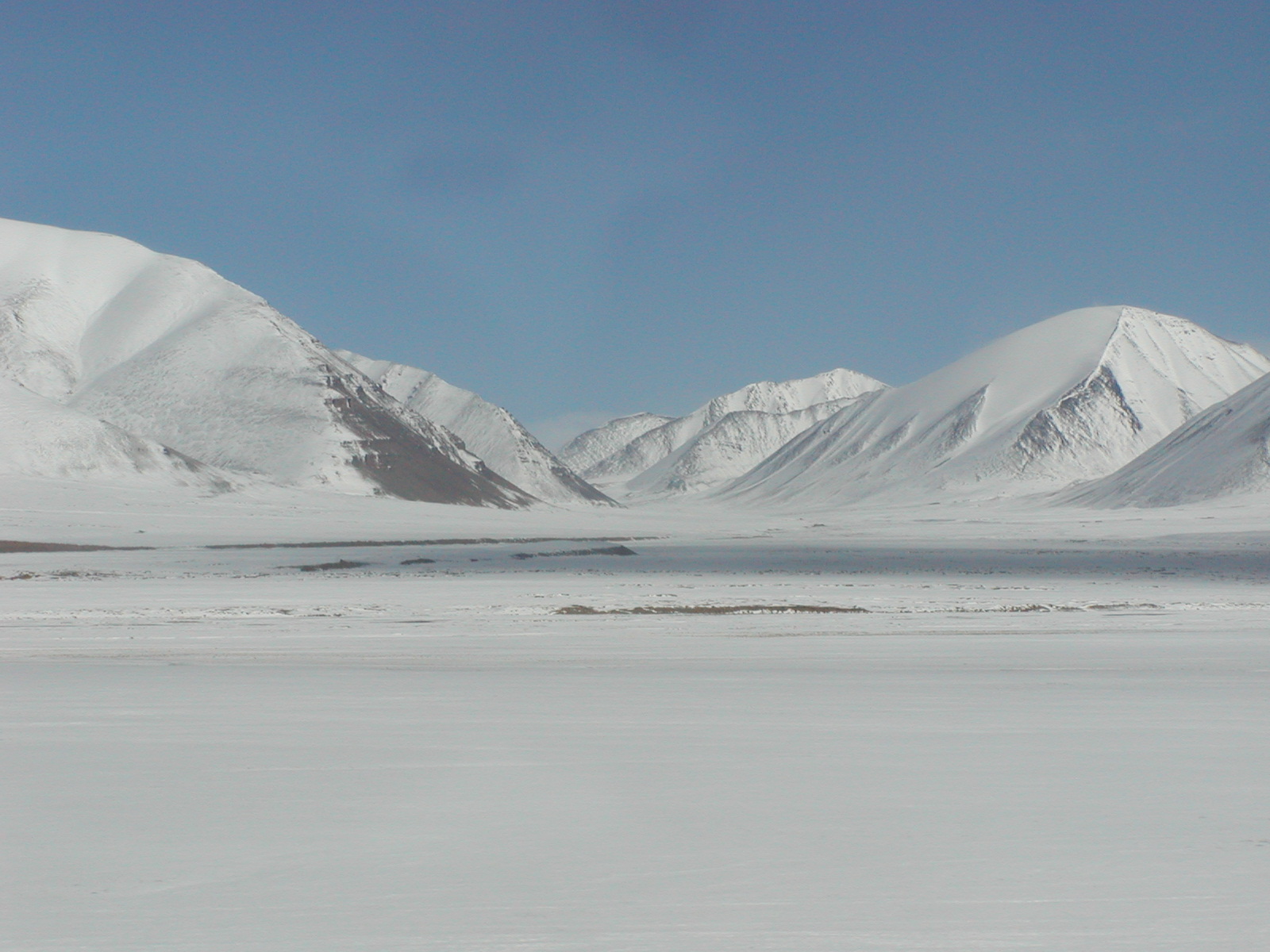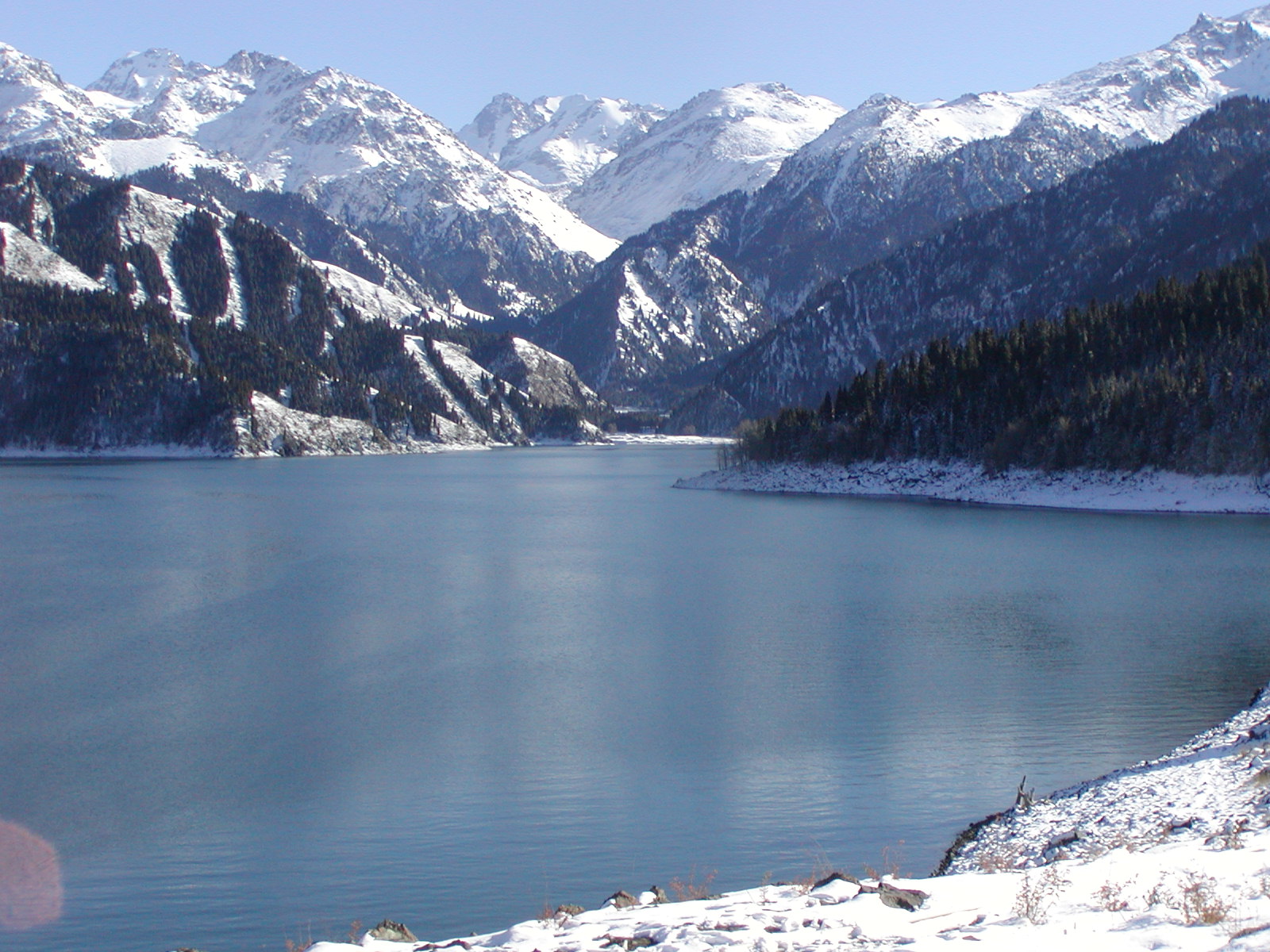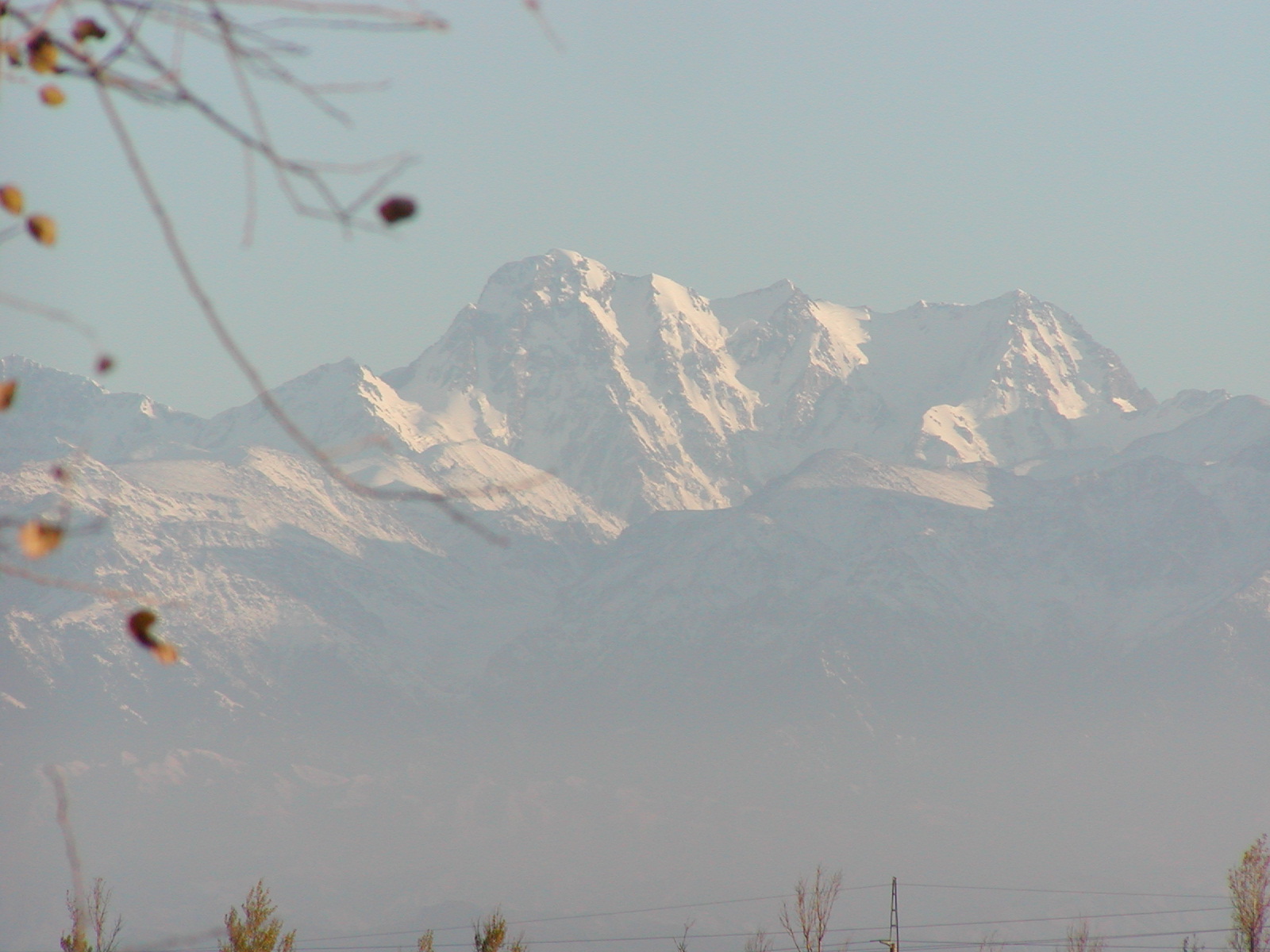Earlier this year, ESRI invited me to be part of an October lecture tour of China, starting in Beijing and visiting Chengdu, Lhasa, Lanzhou, Urumqi, Wuhan, and Shanghai. The group consisted of me, David Maguire, ESRI’s Chief Scientist, and Denny Zhang, one of ESRI’s experts in the East Asian market. As it turned out, lecturing by foreign nationals in Lhasa is currently banned, following unrest earlier this year, but we went there anyway.
Lhasa, the capital of Tibet, sits at over 3500m (12,000ft) which is problematic if one arrives by plane from close to sea level. The city sits in a wide, flat, arid valley formed by the Lhasa River, a tributary of the Brahmaputra that flows through the Himalayas into the Bay of Bengal. At this time of year the weather is dry and cool, with night-time temperatures below freezing and strong temperature inversions in the early morning. Rising above the city on a 130m hill is the Potala Palace, the center of the Tibetan branch of Buddhism and the traditional home of the Dalai Lama. It is now empty, of course, following the Chinese invasion of 1951 and the Dalai Lama’s subsequent flight to India. But it is still the focus of pilgrimage, and, on an average day, roughly 10,000 of the devout circle the palace in a clockwise direction, many of them regularly prostrating themselves on the ground. Some of the pilgrims climb the hill to the palace, where they join the roughly 2500 tourists that are permitted to tour the rooms every day. The result is an amazing juxtaposition of devotion on the part of the pilgrims, and curiosity on the part of the tourists who are struggling to understand this remarkable site and the power it holds over the Tibetan population.
The People’s Liberation Army was everywhere, stationed in full riot gear on every corner of the Tibetan section of the city. There is no sign of the damage from the shelling of the palace that took place following the Tibetan uprising of 1959, but there is clearly unease between the Tibetans and the Han Chinese, who have moved to Lhasa in large numbers and predominate in the western end of the city. Four miles to the west is the terminus of the new Tibet railroad, which now connects Lhasa to such major cities as Beijing and Guanzhou. The station is massively overbuilt, making Denver International Airport look compact. We arrived shortly after 8am for an 8:30 departure that would eventually reach Beijing more than two days later. The train was immensely long, and specially equipped to handle the high altitude by pumping oxygen through the cars.
The trip to Lanzhou took 28 hours and reached an altitude of over 5100m (16000ft). We occupied a four-berth cabin, and ate regular meals in the dining car (though “regular cooking” was only possible once the train descended and the boiling point of water rose to something close to its normal 100 Celsius). I had expected a landscape a little like Nevada, and was surprised to see fairly dense grazing all over the plateau, with goats, sheep, yaks, and cows being managed by local people who move with the flocks. Later, we saw wildlife, including some ungulates and wild ponies. Much of the track crosses permafrost, requiring a number of passive engineering solutions to keep the ground from melting (and sinking the track), including lowering the albedo and circulating cold air in winter. Cell phone service is almost continuous, though the outlet in our cabin wouldn’t recharge my laptop batteries.
Chengdu, a city of 11 million in Sichuan Province, is near the epicenter of this year’s May 12 earthquake that killed approximately 80,000. Damage in the city was limited, but we drove west to Dujiangyan, where four schools had collapsed and there was extensive damage to structures. The town is the site of a major river diversion constructed around 250 BC by Li Bing that still provides flood protection and irrigation, but the temples and historic structures at the site were heavily damaged and will clearly take years to restore.
Urumqi, a city of 2 million in Xinjiang Province, claims to be the furthest city on Earth from the sea. The site is spectacular, sandwiched between deserts to the north and south, in a gap in the east-west Tianshan Mountains, and close to the Turfan Depression, the lowest point in Asia at -154m. All of China operates on the same time zone, but Urumqi is almost 30 degrees of longitude west of Beijing, so no one gets up very early in the morning and offices don’t open much before 10. The food is totally different, heavy on lamb and bread. The Uighur minority is Muslim, and there have been several incidents of unrest in recent years. We drove up into the Tianshan mountains to Tian Chi Lake, a spectacular glacial lake in very rugged topography, then out onto the irrigated plains to the north where the dominant crop is cotton, picked exclusively by hand, and to a MODIS ground station operated by the Chinese Academy of Sciences very close to the start of the desert sand dunes.
After six cities, seven lectures, and eight banquets in twelve days I was left with some lasting impressions—about the immensity of China and the emptiness of large parts of the west; about the frantic rate at which infrastructure is being developed in the major cities, and the huge investments being made in projects such as the Tibetan railroad; about the passionate enthusiasm of the students, including the 300 or so who stood through two hours of lectures in Wuhan; and about the degree to which Tibetan culture and religion are still flourishing despite all of the outside pressures.



